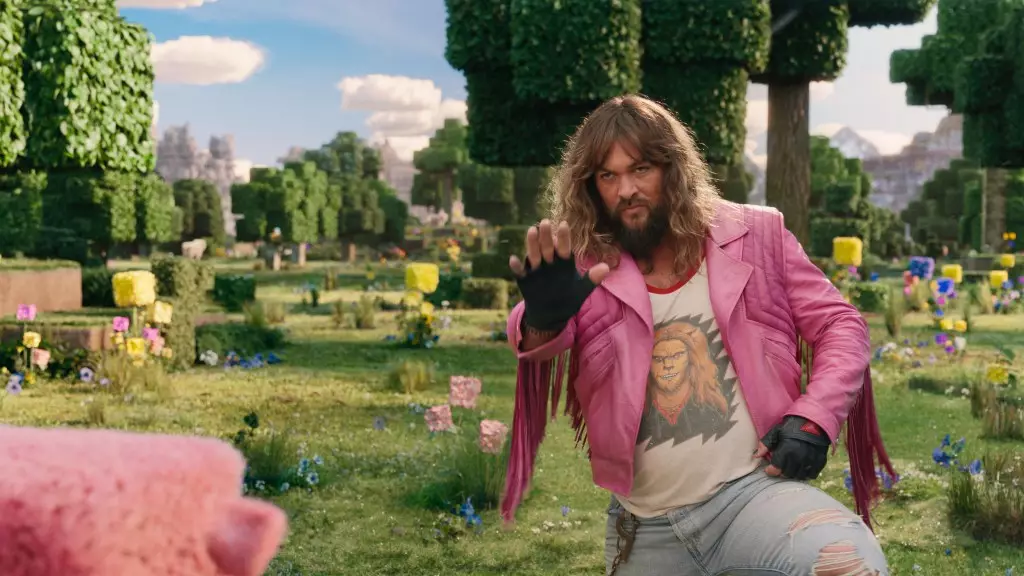In an era where digital content is consumed at lightning speed, the recent leak of VFX-less copies of Warner Bros/Legendary’s *A Minecraft Movie* serves as a poignant reminder of the challenges facing the film industry. Who, one might wonder, would choose to watch an incomplete version of a much-anticipated film? This question reflects not just on the nature of piracy, but on the evolving relationship between cinema, content creation, and audiences. The studio’s efforts to manage the leak—a classic game of whack-a-mole—illustrates the ongoing battle against piracy, a dilemma exacerbated in recent times by a surge of illicit sharing especially during pandemic lockdowns.
Pandemic Era and Piracy: A Corroding Relationship
The rise in movie piracy during the pandemic has been nothing short of alarming, effectively shattering the once-simplistic notion of movie releases. The leak of *A Minecraft Movie* is a case in point. Unlike traditional scenarios wherein movies are clandestinely filmed in theaters, this instance stemmed from an internal security breach—a sobering reality that underscores vulnerabilities within modern production practices. The pandemic era proved that audiences could adapt to alternate viewing modes, which in turn led studios to reconsider their release strategies, particularly regarding day-and-date releases. The fallout from films like Disney’s *Black Widow* and *Dune*, which saw substantial revenue losses, marked a pivotal shift in how studios approach simultaneous release models.
Box Office Resilience Amidst Scandal
Despite the piracy debacle, *A Minecraft Movie* is thriving at the box office, already surpassing initial projections with a staggering global gross of $110.7 million. This robust performance is indicative of a dynamic viewing culture that still craves the communal experience of cinema. The film, featuring stars like Jack Black and Jason Momoa, has resonated particularly well among younger audiences, evidenced by a solid A rating from viewers under 18—a demographic crucial for box office success. This success conveys an essential truth: while pirated content hovers ominously, the allure of experiencing a film together with friends in a theater outweighs the temptation to watch it in isolation.
The Collective Experience: Why Theaters Still Matter
There’s something to be said about the magic of a theatrical experience. As digital platforms proliferate and viewing options grow, the unique joy of watching a movie in a crowded theater—sharing laughter, gasps, and applause—remains unparalleled. *A Minecraft Movie* should be savored within the communal setting of a cinema, where emotions are amplified, and memories are forged. The film’s family-friendly appeal and vibrant storytelling invite audiences to engage actively, making it a perfect candidate for this kind of shared experience.
Reflecting on Future Trends and Challenges
As the dust settles on this latest incident, it becomes increasingly evident that studios must strike a balance between protecting their intellectual property and adapting to consumer behavior. While efforts to eradicate piracy will be ongoing, the crux lies in creating an irreplaceable cinema experience that not only draws audiences to theaters but also cultivates loyalty through quality and engagement. The entertainment landscape is evolving, and with it, the strategies to combat piracy—ensuring that even amidst the challenges, the cinematic arts continue to flourish.

